As a UAV pilot, you must follow three key line of sight rules. First, always maintain visual contact with your drone, keeping it within your unaided sight at all times. Second, respect maximum altitude restrictions, typically 400 feet above ground level for recreational flights. Third, avoid obstacles and hazards by maintaining safe distances from structures, power lines, and other aircraft. Use bright colors or LED lights to enhance visibility, especially in low-light conditions. Stay aware of your surroundings and adjust your flight plan as needed. These rules form the foundation of safe and legal drone operation, but there's more to take into account for ideal flying.
Key Takeaways
- Maintain direct visual contact with the drone at all times during flight.
- Keep the drone within unaided sight, without using binoculars or other visual aids.
- Ensure the drone remains visible even in low-light conditions using bright colors or LED lights.
- Do not fly beyond visual line of sight, even if using first-person view (FPV) equipment.
- Be aware of surroundings and potential obstacles that may obstruct your view of the drone.
Maintain Visual Contact
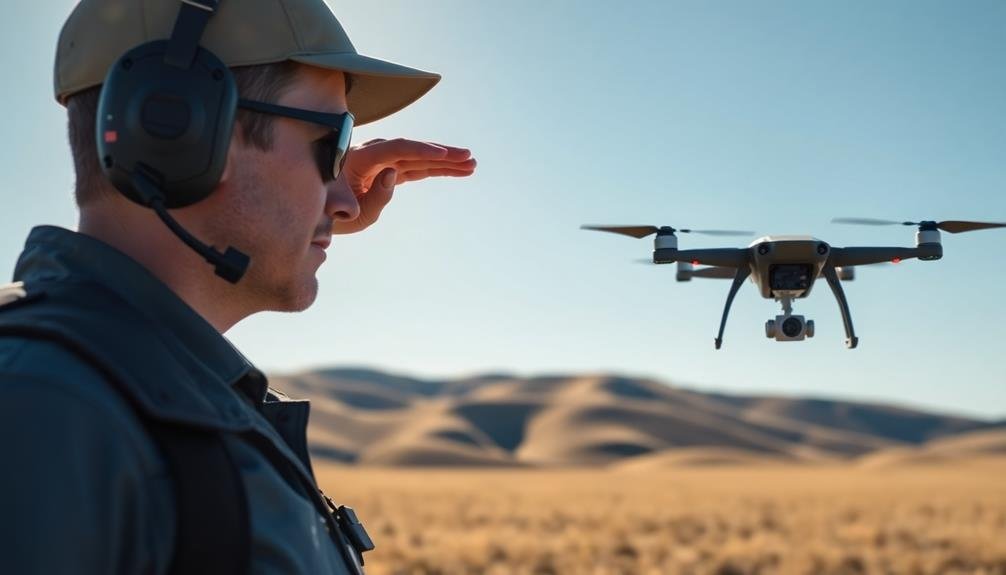
In accordance with line of sight rules, maintaining visual contact is essential when piloting a UAV. You must keep your drone within your visual line of sight at all times during flight. This means you should be able to see your drone with your naked eye, without the aid of binoculars or other visual enhancement devices. Your ability to maintain visual contact guarantees that you can safely navigate your drone and avoid obstacles or potential hazards.
To maintain visual contact effectively, you'll need to take into account factors such as weather conditions, lighting, and the color of your drone. Bright colors or LED lights can help improve visibility, especially in low-light situations.
You should also be aware of your surroundings and any potential obstructions that could block your view of the drone. If you're flying in an area with buildings, trees, or other obstacles, you'll need to adjust your flight path to guarantee continuous visual contact.
Remember that losing sight of your drone, even momentarily, can lead to dangerous situations and potential legal consequences. Always prioritize maintaining visual contact to guarantee safe and compliant UAV operation.
Maximum Altitude Restrictions

Under line of sight rules, maximum altitude restrictions play an essential role in safe UAV operation. You'll need to adhere to specific height limits to guarantee your drone remains visible and controllable.
In most countries, the standard maximum altitude for recreational drone flights is 400 feet (120 meters) above ground level. This limit helps prevent conflicts with manned aircraft and maintains a clear separation between UAVs and other air traffic.
It's imperative to understand and follow these altitude restrictions:
- Always check local regulations, as they may vary by location
- Use your drone's built-in altitude limiter if available
- Be aware of your surroundings and adjust your altitude accordingly
- Consider atmospheric conditions that may affect visibility
- Remember that altitude is measured from your takeoff point, not sea level
Flying too high can result in losing visual contact with your drone, which is a violation of line of sight rules. It also increases the risk of interference with other aircraft and may lead to severe penalties.
Avoid Obstacles and Hazards
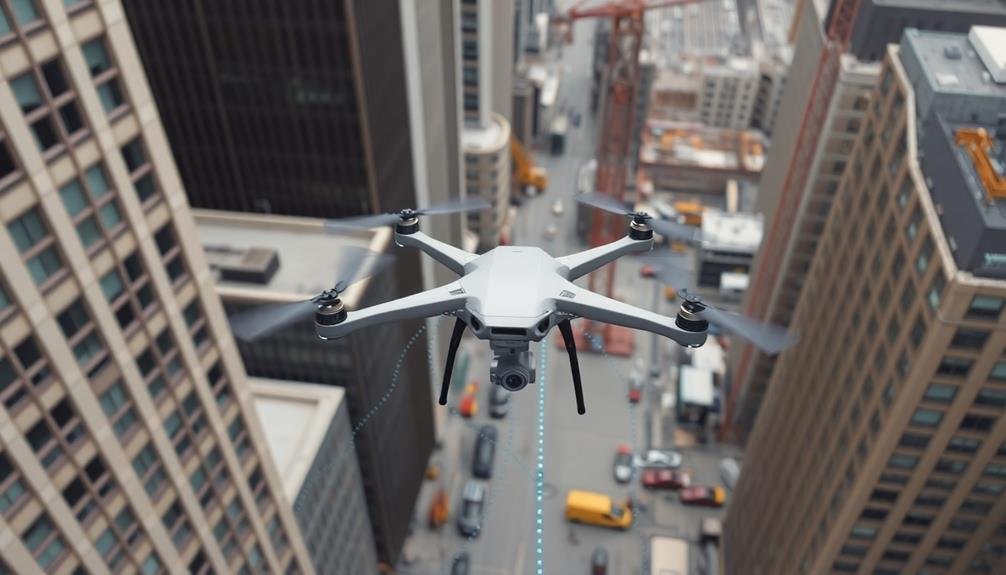
Obstacle avoidance is an essential skill for UAV pilots operating under line of sight rules. You must constantly scan your surroundings for potential hazards, including trees, buildings, power lines, and other aircraft. Always maintain a safe distance from these obstacles to prevent collisions and guarantee smooth flight operations.
When planning your flight path, consider the following:
| Obstacle Type | Minimum Distance | Mitigation Strategy |
|---|---|---|
| Tall structures | 50 feet horizontal | Increase altitude |
| Power lines | 100 feet horizontal | Fly perpendicular |
| Other aircraft | 500 feet | Yield right of way |
You'll need to adjust your flight plan in real-time if unexpected obstacles appear. Use your drone's camera feed to identify potential hazards and make quick decisions. If you're flying in an unfamiliar area, research potential obstacles beforehand and create a mental map of the terrain.
Frequently Asked Questions
How Do Weather Conditions Affect Line of Sight for UAV Operations?
Weather conditions can markedly impact your UAV's line of sight. You'll face reduced visibility in fog, rain, or snow. Strong winds may affect your drone's stability. Bright sunlight can cause glare, making it harder to see your UAV.
What Are the Night Flying Regulations for Maintaining Line of Sight?
You'll need special night vision equipment to maintain visual line of sight after dark. You're required to keep your drone in view at all times, even at night. Don't forget to use anti-collision lighting on your UAV.
Are There Specific Eyewear Requirements for UAV Pilots to Enhance Visibility?
You don't need specific eyewear for UAV piloting, but it's smart to wear sunglasses to reduce glare. Some pilots use polarized lenses or yellow-tinted glasses to enhance contrast, especially in low-light conditions.
How Does Flying Over Water Impact Line of Sight Considerations?
When you're flying over water, you'll face unique line of sight challenges. Glare can impair visibility, and it's harder to judge distance and altitude. You'll need to be extra vigilant and may require polarized eyewear.
What Are the Line of Sight Rules for Flying Multiple UAVS Simultaneously?
When flying multiple UAVs, you'll need a visual observer for each aircraft. You're responsible for maintaining visual line of sight with all drones simultaneously. It's challenging, so you'll often need additional observers to assist you.
In Summary
You've learned the essential line of sight rules for UAV pilots. Remember to always keep your drone in view, stay below altitude limits, and steer clear of potential hazards. By following these guidelines, you'll guarantee safer flights and comply with regulations. As you practice, these rules will become second nature. Stay vigilant, enjoy your flights, and continue honing your skills as a responsible UAV pilot.

As educators and advocates for responsible drone use, we’re committed to sharing our knowledge and expertise with aspiring aerial photographers.
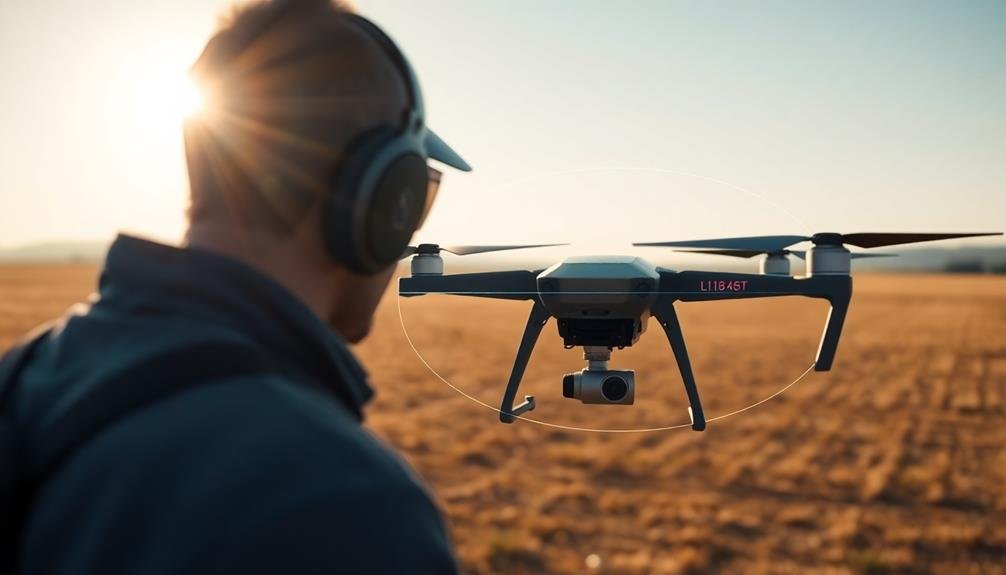
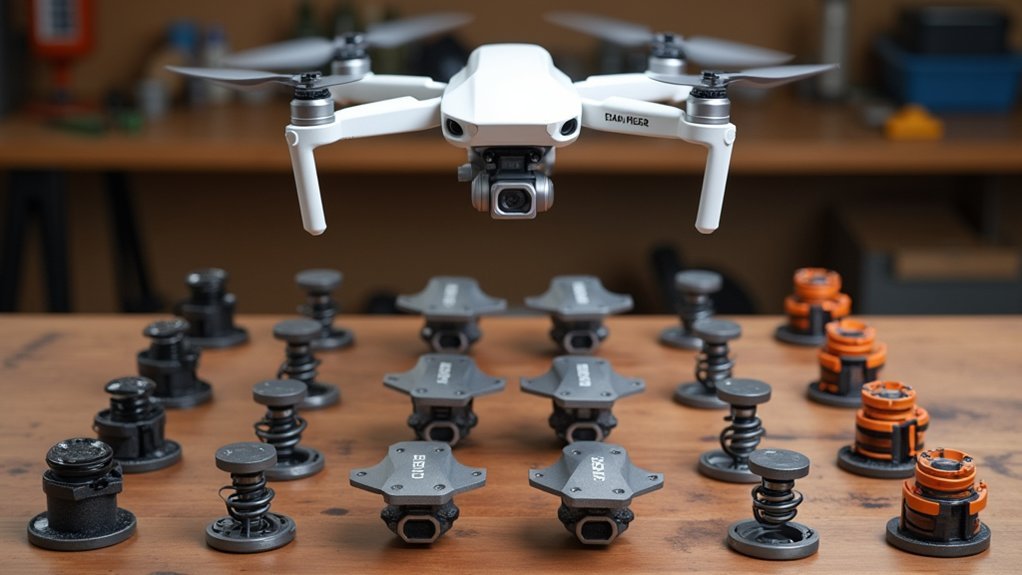
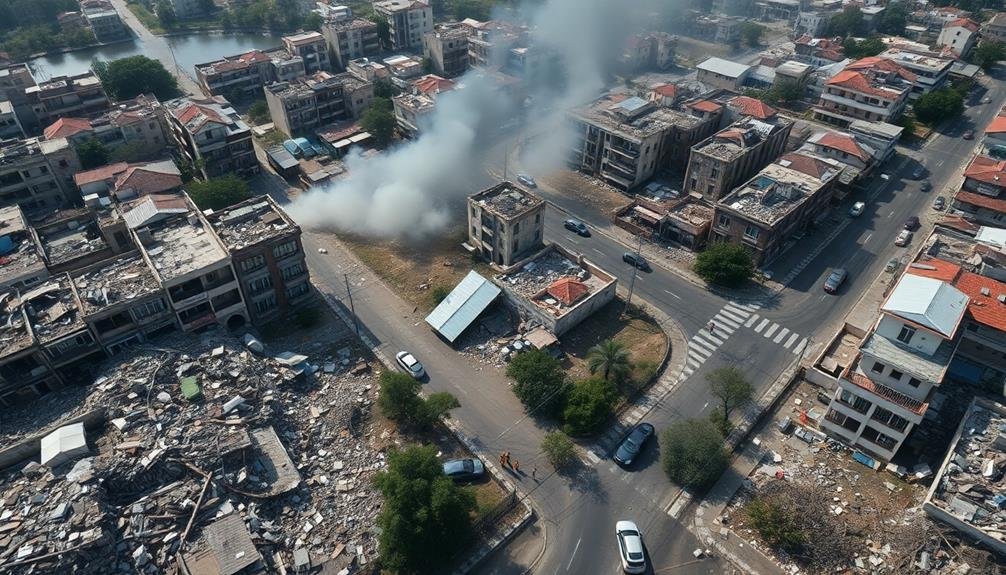
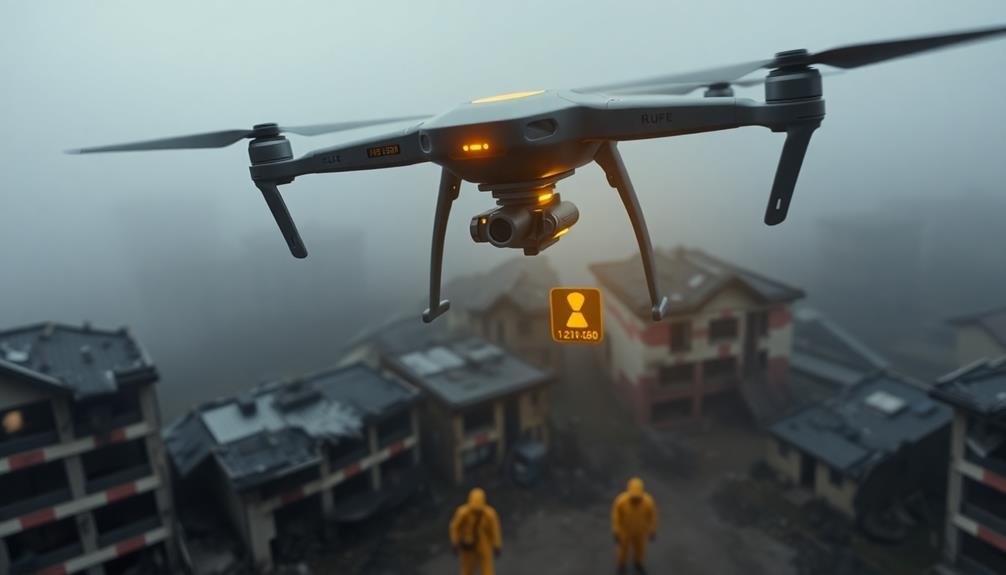
Leave a Reply